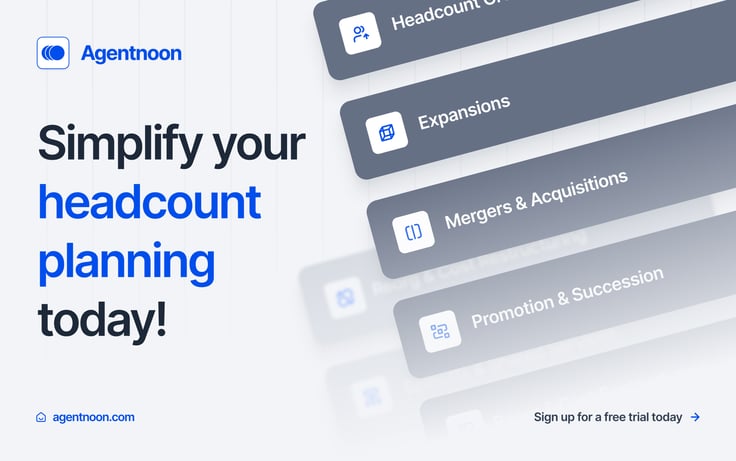Forecasting total headcount spend is a critical aspect of headcount planning for any business. It not only helps in budgeting and resource allocation but also supports decisions regarding hiring, promotions, and organizational growth. The process involves predicting the total amount a company will spend on its employees, including salaries, benefits, taxes, and other related expenses. Let's dive into the steps to forecast total headcount spend accurately.
The first step in forecasting total headcount spend is to understand your current spend. This will involve gathering data on all the costs associated with your employees, including:
- Salaries: This is the most obvious expense and usually the largest part of headcount spend. Be sure to include all forms of compensation, including bonuses, commissions, and overtime.
- Benefits: This includes health insurance, retirement contributions, and any other benefits your company offers.
- Payroll taxes: These will vary depending on the location of your business and the tax laws that apply to you.
- Training and Development: Include costs for onboarding new employees, ongoing training, and professional development programs.
- Other Expenses: This could include costs related to workspace, equipment, and any other resources employees need to do their jobs.
The next step is to look at how your headcount spend has changed over time. This will help you identify trends that you can use to inform your forecast. You might look at:
- Changes in total headcount: Have you been hiring more employees? Have you had layoffs or high turnover?
- Changes in compensation: Have you been increasing salaries? Have you added new benefits or changed existing ones?
- Changes in other costs: Have your costs for training, equipment, or other resources changed significantly?
Once you've analyzed past trends, you'll need to make assumptions about what will happen in the future. These assumptions will form the basis of your forecast. Some assumptions you might need to make include:
- Hiring Plans: How many new employees do you plan to hire in the forecast period?
- Salary Increases: Do you plan to give raises or bonuses? If so, how much and to whom?
- Changes in Benefits: Do you plan to add new benefits or change existing ones?
- Changes in Other Costs: Do you anticipate any significant changes in other costs related to your employees?
Remember, these are assumptions, not certainties. It's a good idea to create a few different scenarios based on different assumptions to see how they might affect your forecast.
Now it's time to create your forecast. Start by estimating the costs associated with your current employees, then add in the costs for any new hires you plan to make. Be sure to consider all the categories of costs you identified in step 1.
You'll also want to factor in any expected changes in costs. For example, if you're planning to give raises, you'll need to add those to your forecast. If you expect your costs for health insurance to increase, you'll need to account for that as well.
Here's a simple equation on how to forecast your total headcount spend:
F = (H * (S + B + T + D + O)) + (n * (S + B + T + D + O)) + (H * r) + c
In the equation above:
H represents the total number of employees (headcount).S represents the average salary per employee.B represents the average benefits cost per employee.T represents the average payroll taxes per employee.D represents the average training and development cost per employee.O represents the average other expenses per employee.n represents the number of new hires you plan to make.r represents the average raise or bonus you plan to give existing employees.c represents the expected change in other costs.
Finally, remember that a forecast is just an estimate. Actual costs may vary due to factors you couldn't have anticipated. Therefore, it's important to regularly review and adjust your forecast based on actual data.
Monitoring your forecast regularly will allow you to identify any significant variances and adjust your assumptions as needed. This will ensure that your forecast remains as accurate and useful as possible.
Forecasting total headcount spend can be a complex process, but with careful planning and regular monitoring, it can be a powerful tool for managing your business.
Book a demo call with us and simplify your headcount spend forecasting process.

